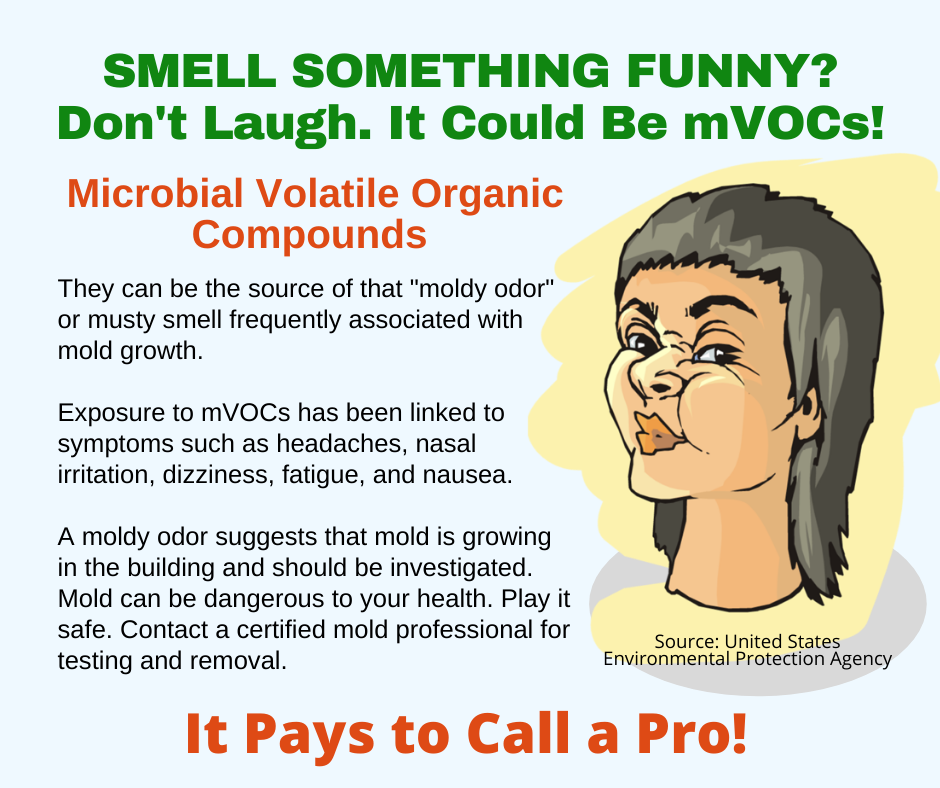
Recently, we discussed mold that can be found in unlikely places, such as in the bedroom, bathroom, and the kitchen. After all, most report mold in basements or crawlspaces, but mold can actually grow virtually anywhere.
There is one thing we can all agree on. You do not want hidden mold growing in your home. If there is mold somewhere, anywhere, with the potential of causing health issues with your family, you want to know about it so you can remove it and keep everyone safe.
The United States Environmental Protection Agency (EPA) has much to say about the need for mold testing. “In most cases, if visible mold growth is present, sampling is unnecessary,” according to a statement on the EPA website. And what the EPA says makes sense. If you can see the mold, you do not need to take samples and run tests because you know the mold is there. The professional restoration company that removes the mold will figure out what type it is and proper procedures for your specific case.
But what if you can’t see the mold but you feel something is there?
Then it’s time to engage mold sampling and testing. According to the EPA, surface sampling may be useful to determine if an area has been adequately cleaned or remediated.
Who should do it?
Sampling for mold should be conducted by professionals who have specific experience in designing mold sampling protocols, sampling methods and interpreting results. Sample analysis should follow analytical methods recommended by the American Industrial Hygiene Association (AIHA), the American Conference of Governmental Industrial Hygienists (ACGIH), or other professional organizations, says the EPA.
Regulations and guidelines
Standards or threshold limit values (TLVs) for airborne concentrations of mold, or mold spores, have not been set. Currently, there are no EPA regulations or standards for airborne mold contaminants.
But if you have mold, you no doubt aren’t driven by regulations or guidelines, or lack thereof. You want to know if there is mold and if there is, what you can do to remove it.
One option is to purchase a do-it-yourself mold testing kit, something that you test surfaces with and send in for testing at a laboratory.
Another is to contact an industrial hygienist who is an expert with issues such as this, and have professional testing conducted.
No matter what you do, if you do have mold growth, do the right thing. Turn the work over to your favorite restoration company. After all, it pays to call a pro!


